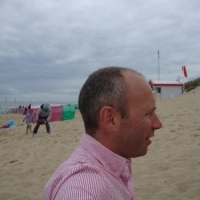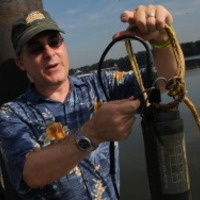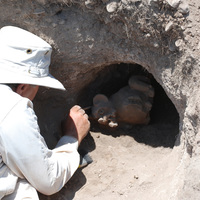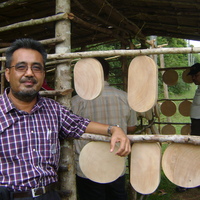
kevin frediani
Address: University of Dundee Botanic Garden, Riverside Drive, Dundee, Scotland, United Kingdom
less
Related Authors
C. Michael Hall
University of Canterbury/Te Whare Wānanga o Waitaha
Matthew Adams
University of Brighton
David Seamon
Kansas State University
Armando Marques-Guedes
UNL - New University of Lisbon
Martin O'Neill
University of York
Simon Bell
Estonian University of Life Sciences
Dann Sklarew
George Mason University
Gary Feinman
Field Museum
Ibrahim Ngah
Universiti Teknologi Malaysia - UTM
Uday Chandra
SFS Qatar (Georgetown University)
InterestsView All (9)










Uploads
Papers by kevin frediani
The recent report commissioned by The Royal Parks & compiled with my associates at TREECONOMICS LIMITED provides a valuable insight into how tree diversity is offsetting human impacts
#sustainability #trees #parks #landuse
In summary
The tree population of the park, which is composed of some 104 species from 45 genera, removes some 2.71 tonnes of pollution per annum, stores some 3,872 tonnes of carbon, sequesters some 88 tonnes of carbon each year and facilitates some 3,584 cubic metres of avoided storm water run-off by intercepting rainfall.
The total value of the benefits measured amount to an annual figure of some £209,000 with the tree population of the park having a total amenity asset value of £173m.
In 2017 Kenton Rogers and I were fortunate to help review data gathered by Forest Research in 2011 for The city of Edinburgh.
The review enabled TREECONOMICS LIMITED and Forest Research to draw upon latest critical thinking to help inform a future sustainable land use through the urban forest.
The output was this comprehensive technical report that I believe has relevance to a wider audience involved in urban forest, conservation & heritage land management.
The recent report commissioned by The Royal Parks & compiled with my associates at TREECONOMICS LIMITED provides a valuable insight into how tree diversity is offsetting human impacts
#sustainability #trees #parks #landuse
In summary
The tree population of the park, which is composed of some 104 species from 45 genera, removes some 2.71 tonnes of pollution per annum, stores some 3,872 tonnes of carbon, sequesters some 88 tonnes of carbon each year and facilitates some 3,584 cubic metres of avoided storm water run-off by intercepting rainfall.
The total value of the benefits measured amount to an annual figure of some £209,000 with the tree population of the park having a total amenity asset value of £173m.
In 2017 Kenton Rogers and I were fortunate to help review data gathered by Forest Research in 2011 for The city of Edinburgh.
The review enabled TREECONOMICS LIMITED and Forest Research to draw upon latest critical thinking to help inform a future sustainable land use through the urban forest.
The output was this comprehensive technical report that I believe has relevance to a wider audience involved in urban forest, conservation & heritage land management.
in captive environments? Plants form a major part of all terrestrial animals’ environments, yet their inclusion in the field of environmental enrichment, has not been widely recognised to date. Overlooked and undervalued plants have certainly not been utilised to their full capacity. Approaches will be revealed in this paper which explores how zoos might look to optimise the potential of plants to enrich the lives of
captive animals.